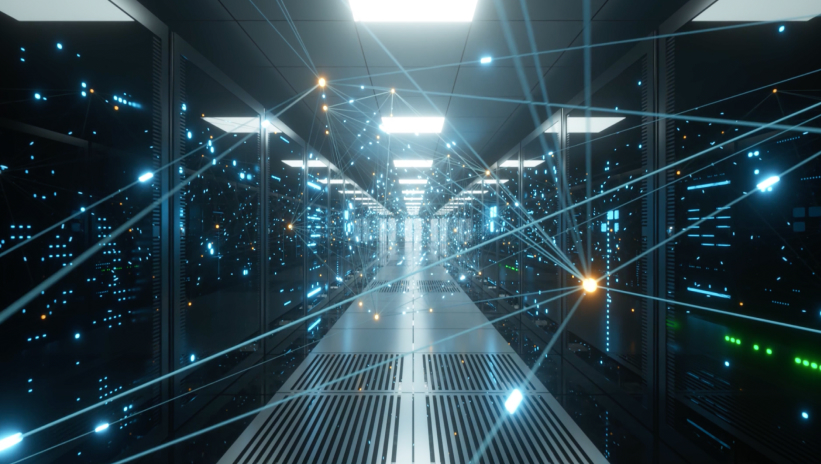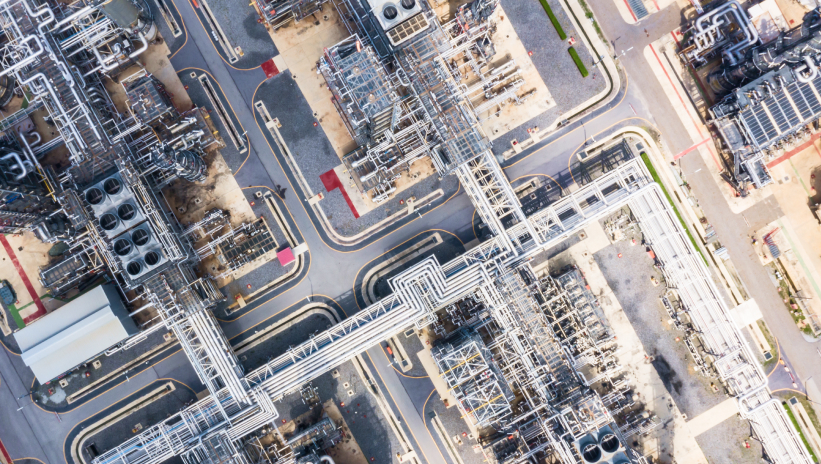Energy Resilience in Critical Infrastructure: How Distributed Generation Safeguards Operational Continuity

In April 2025, a massive blackout left millions of people in Spain, Portugal and southern France without electricity for more than ten hours. The outage affected rail transport, paralysed data centres and cut power to public and private buildings, highlighting how a grid failure can have repercussions at multiple levels. It was not an isolated incident: in June 2024, a voltage collapse caused a widespread blackout in the Balkan region, leaving Albania, Montenegro, Bosnia-Herzegovina and Croatia without power. A year earlier, in 2023, an ice storm in Canada brought down thousands of power lines, disrupting supply to over a million people and forcing hospitals, water treatment plants and emergency services to operate for days solely on backup systems.
Adequate reserves and priority replenishment contracts are part of any business continuity strategy.
These kinds of events demonstrate that critical infrastructure such as hospitals, data centres, transport systems or control hubs cannot afford power outages without compromising safety, the economy and, in many cases, human lives. Ensuring their continuous operation requires solutions that combine reliability, rapid response and operational autonomy. In this context, distributed generation emerges as an essential tool: it enables energy production closer to the point of consumption, reduces dependency on the grid, and increases resilience and capacity to anticipate failures or external disruptions—an area in which Genesal Energy has solid experience developing bespoke solutions for strategic sectors.
Distributed Generation as a High-Availability Solution
Producing electricity at the point of consumption—or in its immediate vicinity—offers decisive advantages in environments where service continuity is non-negotiable, from reducing transmission losses to enabling island mode operation and tailoring technology to the specific characteristics of each facility. These systems therefore strengthen the ability to respond instantly to any interruption.
In critical infrastructure, backup systems are usually based on diesel or gas gensets, often combined with energy storage and, increasingly, with renewable generation. These configurations are designed to come online within seconds of detecting a failure and, in particularly sensitive applications, incorporate N+1 redundancy: an additional unit capable of carrying the full load if the main unit goes out of service.
Ensuring stable operation over extended periods requires attention to factors such as fuel storage capacity, engine efficiency, and the thermal and acoustic management of the installation. In hospital environments, for instance, it is common to install tanks that guarantee at least 48 hours of autonomy and control systems that prioritise power to essential areas, thereby ensuring continuous availability during crises.

Design and Operation: Key Factors
The starting point for any distributed backup generation system is a detailed analysis of the critical load. This defines which equipment must remain powered, the maximum expected demand during peak periods, the duration for which supply must be maintained, and the appropriate level of redundancy. A medium-sized hospital, for example, may concentrate most of its critical load in operating theatres, intensive care units and climate control systems for sensitive areas, with demands exceeding one megawatt of power.
These systems therefore strengthen the ability to respond instantly to any interruption.
Planned maintenance is a key factor in ensuring availability. It includes periodic inspections of starting systems, monitoring battery condition, checking electrical connections and verifying fuel quality. In critical installations, these tasks are reinforced with regular live load tests to confirm switching times, voltage and frequency stability, and coordination with other electrical systems. Increasingly, remote monitoring and predictive maintenance are integrated—tools that Genesal Energy employs to anticipate incidents and optimise operation.
Integration with Renewables and Storage
Integration with renewable sources and storage is becoming increasingly common. A hybrid system combining solar PV, batteries and a genset can optimise fuel consumption and extend autonomy, particularly useful in situations of prolonged isolation.
Coordination between these sources is managed by control systems that prioritise efficiency while guaranteeing power availability at all times. This strategy not only reduces emissions but also helps extend the service life of thermal units by reducing idle or low-load operating hours. In line with its sustainability commitment, Genesal Energy incorporates ecodesign-certified solutions (ISO 14006) and alternative fuels such as HVO, which can cut the carbon footprint by up to 90% compared to fossil diesel.
Challenges and Opportunities in the Spanish Context
The deployment of distributed generation solutions for backup in critical infrastructure in Spain faces several challenges. One is updating regulations to facilitate the integration of renewables and storage while maintaining the required reliability standards. Another is the modernisation of the installed fleet: many units currently in operation consume more fuel and emit more than today’s technologies. In some cases, replacing them with more efficient models can reduce specific consumption by over 15% and improve dynamic response to sudden load changes.
Fuel supply logistics is another key factor. Adequate reserves and priority replenishment contracts are part of any business continuity strategy. In urban environments, space limitations or environmental restrictions can affect storage capacity, driving the adoption of solutions such as external modular tanks or low-emission fuels like HVO.

Overcoming these challenges will not only strengthen resilience but also advance decarbonisation and energy independence. Genesal Energy’s experience shows that the most effective solutions combine proven technology with meticulous planning in operation, logistics and maintenance, ensuring the operational continuity of critical installations while aligning with the objectives of the energy transition.











